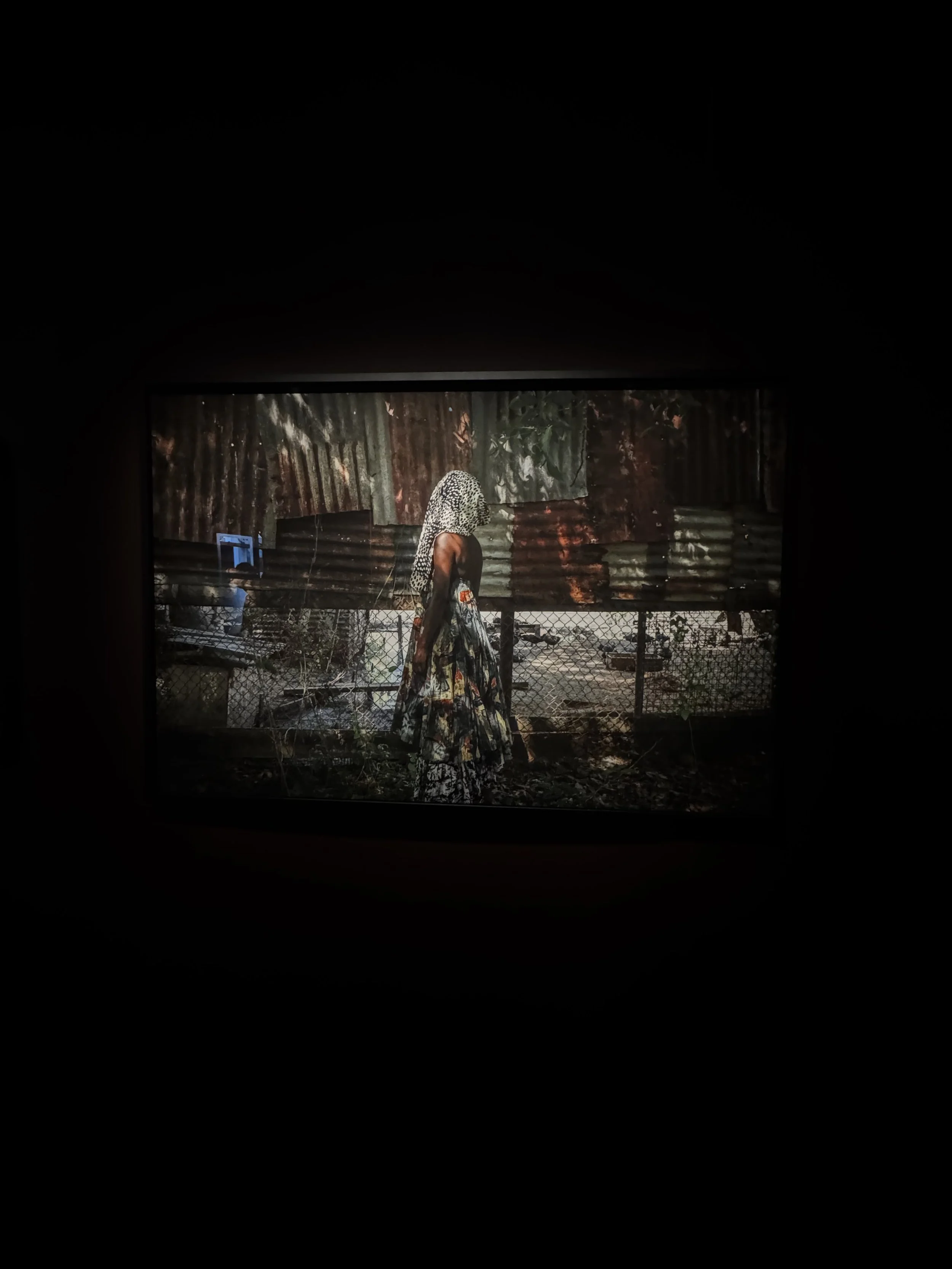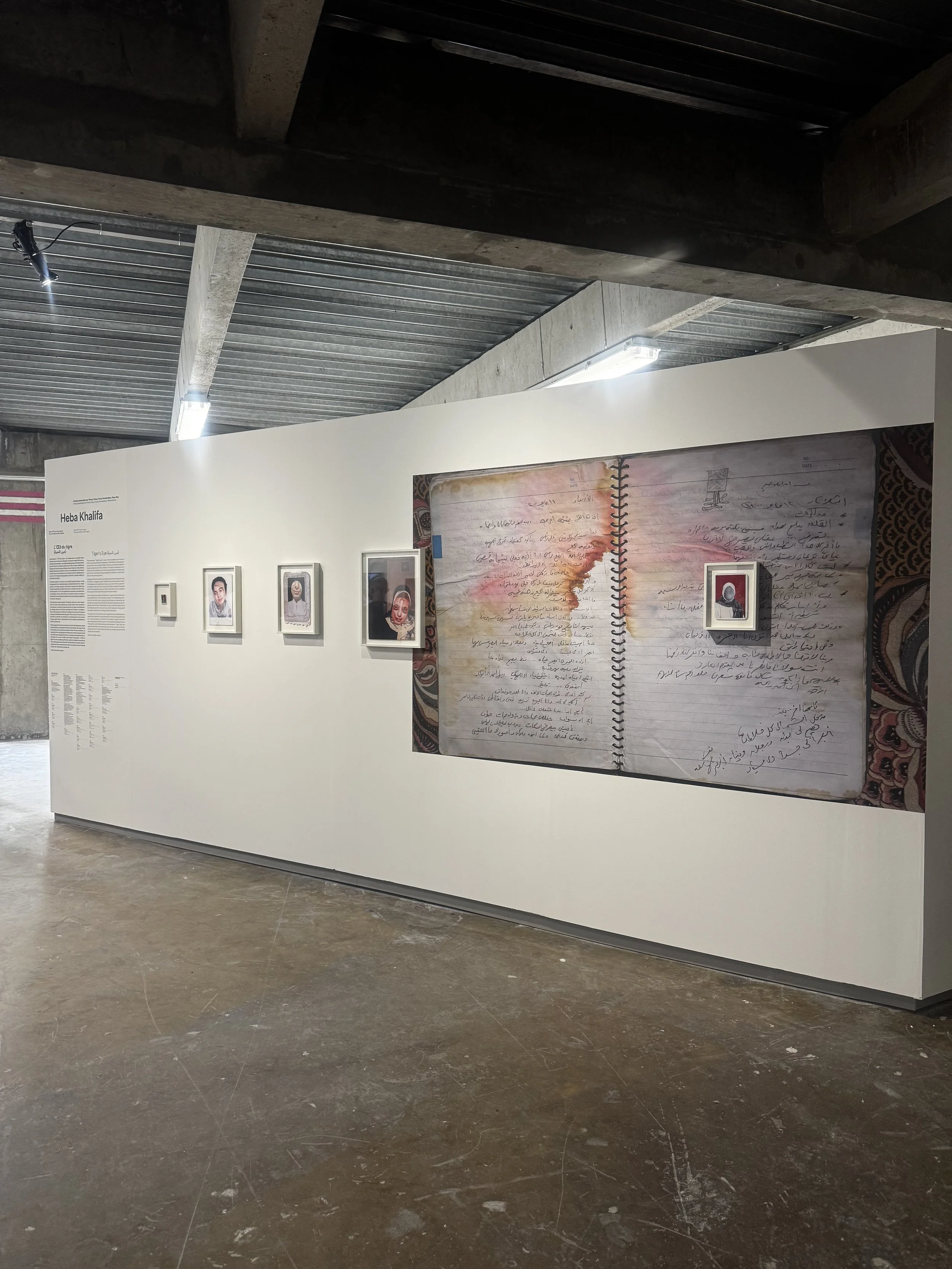Les Rencontres d’Arles 2025: Of Memory Makers and Myth Weavers
Les Rencontres d’Arles returns from 7 July to 5 October with a programme that stretches across the entire city, weaving new cartographies of belonging and resistance. This year, emerging Afropean voices form the pulse of the festival, offering images that reclaim memory where official histories falter.
The opening conversation with Keisha Scarville, Camille Lévêque and Diana Markossian sets the tone. Scarville, born in Brooklyn to Guyanese parents, has spent years exploring the traces that migration leaves on the body and the home. Her images feel like whispered spells addressed to ancestors. Markossian, who grew up between Russia and California, brings an approach shaped by documentary clarity that often slips into dreamlike tenderness. Together they reflect on storytelling as a gesture of survival. Their exchange becomes a compass for a festival intent on asking what new futures photography can rehearse.
Keisha Scarville’s series Alma, shown at Salle Henri Comte, unfolds like a quiet invocation. Born in Brooklyn to Guyanese parents, Scarville has long explored how place and memory cling to the body, and in Alma she turns to the landscapes that shaped her late mother. The works shimmer between presence and disappearance. Scarville photographs forests, riverbanks and dense undergrowth, then layers them with traces of fabric and light, creating images that feel like portals into ancestral terrain. Alma becomes a meditation on mourning that avoids sentimentality and instead embraces transformation. Scarville’s gestures suggest that grief is not an ending but a passage into deeper knowing. In the hushed rooms of Salle Henri Comte the photographs seem to breathe, inviting viewers to consider how the landscapes of our origins remain inscribed within us, even long after the ones who guided us have gone.
Among the arresting contributions is the work of Mayara Ferrao, born in Salvador in 1993. Her series Album de desesquecimentos asks a pointed question. How can affection between enslaved Black women in Brazil be represented when history has been written by white patriarchal hands. Ferrao turns to artificial intelligence not to seek truth but to invent memory where silence once lived. Each image is meticulously crafted through long processes of textual description and visual recalibration that counter the biases embedded in the machine. She adds frames and subtle signs of age to strengthen the fiction. These invented photographs illuminate the gaps in Brazil’s historical record and argue that new images can help nurture future narratives. Ferrao forms part of Futures ancestraux the Brazilian Contemporary Scene curated by Thyago Nogueira, where Joao Mendes and his luminous studio portraits shine as absolute highlights.
A compelling discovery awaits in the Monoprix where the Egyptian artist Heba Khalifa presents Tiger s Eye. Born in Cairo in 1977, Khalifa has spent her career grappling with the weight of memory. In many Arab contexts the phrase tiger s eye is used to shame a woman who dares to look back with defiance. Khalifa wrests this insult from its patriarchal grip and turns it into a lens of empowerment. Her images revisit her childhood in Cairo, a period marked by silence around the violence endured by many girls within the supposed safety of the home. Through photomontage and reworked family pictures she exposes the complicity of domestic and religious structures in shaping gendered expectations. Her portraits reveal a search for her own lost face, the face that once disappeared beneath layers of obedience. The effect is raw and luminous. Khalifa treats photography as an act of reassembling a fragmented self. In doing so she opens space for collective healing.
João Mendes and Afonso Pimenta bring a magnetic presence to Croisière, turning the space into a living archive of Afro Brazilian resilience, style and community care. Their practices, though distinct, share a devotion to preserving worlds that dominant narratives have historically overlooked.
João Mendes, born in Belo Horizonte and deeply rooted in the visual traditions of Afro Brazilian studio portraiture, creates images that radiate dignity. His sitters stand in front of hand painted backdrops with a stillness that feels ceremonial. Mendes works with the precision of a classic studio photographer, yet his touch is intimate and contemporary. Every portrait honours the sitter as the protagonist of their own story. The artist’s sensitivity to posture, gaze and colour transforms the studio into a stage for affirmation. In Croisière his portraits glow like small altars, celebrating Black presence in all its quiet splendour.
Afonso Pimenta, an elder of Brazilian photography born in the favelas of Belo Horizonte, brings a radically different energy. His photographs document the rise of Black social movements and cultural expression during the 1970s and 1980s. Pimenta captured street parades, political gatherings and everyday scenes with a sense of urgency that bridges documentary labour and community activism. His images are not distant observations. They are collaborations, made from within the heart of the communities they portray. In Croisière his archive feels alive, pulsing with music, rebellion and collective pride.
What binds Mendes and Pimenta is a shared conviction that photography can serve as a vessel for memory and liberation. Mendes offers new aesthetic futures while Pimenta safeguards the struggles and celebrations that shaped the present. Exhibited side by side, their works converse across generations. They show how Afro Brazilian lives have been documented, imagined and reimagined through lenses committed to truth and tenderness.
At Croisière the encounter between these two artists becomes a profound act of storytelling. It reminds viewers that the photographic image is not just a picture but a testimony, a gesture of love and a blueprint for the histories yet to be written.
After all it is possible to state, that Les Rencontres d’Arles 2025 confirms photography is no longer content to observe history from the side lines. It intervenes. It invents. It questions the archives we inherit and the ones we must build anew. Through the contributions of Ferrao, Khalifa, Scarville and many others, the festival becomes a city wide gesture of remembrance and possibility.







